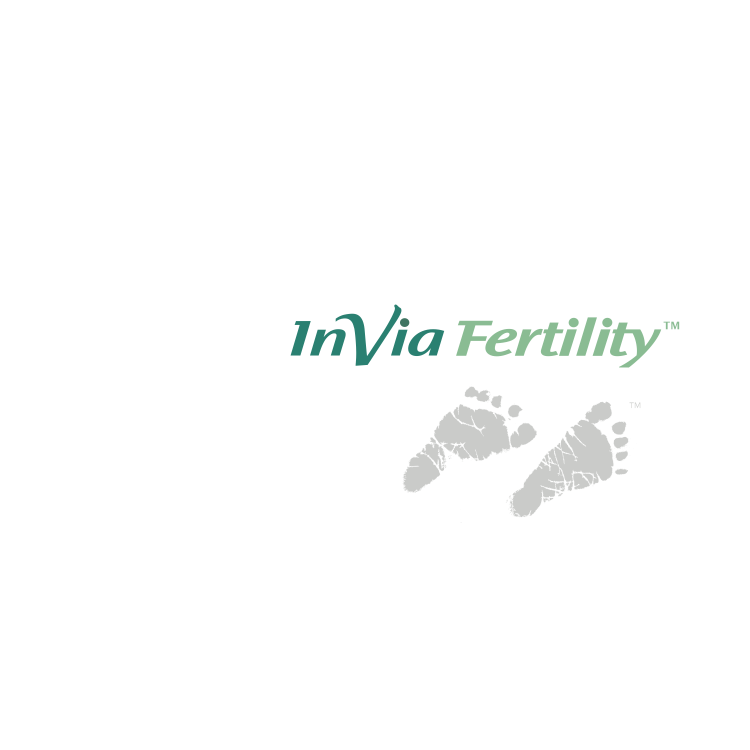We are experiencing a very high volume of calls and messages and ask for your patience. We will answer your portal messages within 48 hours.
We are experiencing a very high volume of calls and messages and ask for your patience. We will answer your portal messages within 48 hours.

Antimullerian hormone (AMH) and follicle stimulating hormone (FSH) levels are routinely used for assessing ovarian reserve. AMH levels indicate the number of eggs that remain (oocyte pool) and the number of eggs that will be retrieved during IVF. Patients with normal or elevated AMH levels will generally produce more eggs than patients with low AMH level (< 1.0 ng/mL). Recent studies, however, have shown an association between AMH levels and IVF pregnancy rates as well. FSH levels on the other hand, reflect egg quality and elevated FSH levels (> 10 mIU/mL) are associated with low pregnancy rates with IVF. But do ALL patients with elevated FSH levels have poor reproductive outcome? Is there a group of patients with elevated FSH levels that will do well? This very issue was addressed by a group of Dutch investigators (Yarde et al. Fertil Steril 2013;100:831-8). Here is a summary of their findings.
Yarde et al. investigated the role of AMH as a predictor of live birth in women with elevated FSH levels (defined as ≥ 12.3 mIU/mL for purpose of the study). The patients were younger than 40 years of age and had regular menstrual cycles. There was no planned intervention and the patients were followed for a median of 3.3 years (range, 1.1 – 5.2 years). The antral follicle count ranged from 0 – 20 (median = 5 follicles).
Of the 96 women, only 85 desired pregnancy. Of these, 57 (67.1%) became pregnant. Thirty-six women (63.2%) became pregnant using ART (20 IVF, 8 IUI, 8 ICSI) and 21 women (36.8%) conceived spontaneously. There were three miscarriages resulting in a live birth rate of 63.5% for the group. After a follow-up of 1 year, 22.4% of the women reported a live birth of a baby. The cumulative live birth rate after 2 years of follow-up increased to 50.6%. The median time to reach a live birth was 14 months. Patients with an AMH level > 1.0 ng/mL had a significantly higher pregnancy rate (31% higher, hazard ratio 1.31, 95% confidence interval 1.05 – 1.63, P = 0.04) than patients with AMH levels < 1.0 ng/mL. No pregnancies occurred in case of an undetectable AMH level (n = 8).
In women less than 40 years of age with regular menses, the pregnancy rate is reasonable even when the FSH level is ≥ 12.3 mIU/mL.
AMH level is an independent predictor in this group of patients with prognosis being significantly better when the AMH level was > 1.0 ng/mL.
If you are relatively young, have regular menses and your AMH level is > 1.0 ng/mL; an elevated FSH level is still associated with a favorable chance of pregnancy. The pregnancy rate is lower in patients with an elevated FSH level and AMH level < 1.0 ng/mL. The prognosis, however, is dismal if the AMH level is undetectable.
Infertility Infertility treatment IVF Diminished ovarian reserve

Entire Website © 2003 - 2020
Karande and Associates d/b/a InVia
Fertility Specialists
